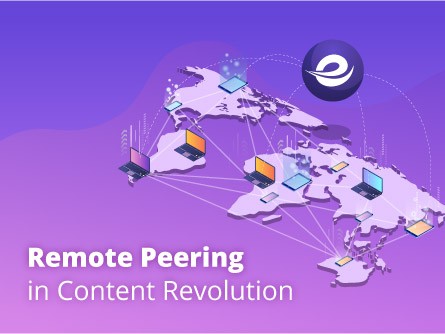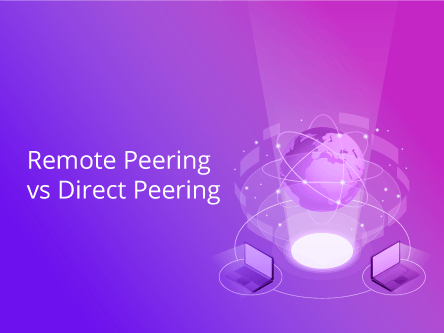If information is gold, and wisdom is platinum, then content is now the supreme ruler of cyberspace.
Thanks to mobile-enhanced global connectivity and the proliferation of devices, the scope for content consumption and creation has exploded. Media has become democratised by the newfound power of ordinary people to publish self-created content; as well as the ease and freedom with which anyone with internet access anywhere can join in media consumption and online dialogue.
There are 4.39 billion internet users this year, an increase of 9 percent as compared to 2018. This explosive power of converged multimedia content has in turn fueled even more demand for content generation.
Over-the-top (OTT) providers and digital businesses have to make their content and services accessible for global consumption in local markets, placing even more pressure on global network operators and internet service providers (ISP).
With the ever-growing digital consumption, internet exchanges (IX) have become critical peering points to bridge local consumers to global content and services.
Peering into the internet
An IX lets content delivery networks (CDN), ISPs and other corporate networks exchange internet traffic, usually on a cost-neutral or settlement-free basis. This allows networks in geographically disparate locations to connect into the infrastructure with a port and exchange traffic as peering partners.
For example, video-on-demand service Netflix is peering at public peering exchange points globally to connect to smaller local internet service providers situated tens of thousands of miles away.
This allows their users in those markets to experience better quality streaming, benefitting from better throughput, low latency and low jitter.
However, some OTT providers and even service providers, do not have the expertise or extensive network presence to manage multiple exchange points and patch up cross connects across various IXs around the world.
Achieving this involves overcoming complex challenges around establishing the network infrastructure to peer at the IXs. Internal personnel need the relevant skill sets and technical knowledge in peering. This would also mean relying on different suppliers to access different markets and setup connections to different IXs – cumbersome, hardly scalable and inefficient.
Appreciating the finer points of remote peering
When this is not practical to acquire in-house, OTT providers usually turn to an external partner that could give them the scalability to access the IXs in new locations without the need to manage infrastructure costs or adding complexity to its operations.
Remote peering makes a strong alternative for OTT providers and digital businesses that operate on an asset-light model.
They do not need to purchase a new port and maintain hardware at each internet exchange point (IXP) for peering. Delivered via a programmable software-defined networking (SDN) platform, they can freely connect to multiple IXs with the freedom to scale the network as their business evolves.
Using an SDN platform like Infiny, provisioning of remote peering can be delivered on-demand with intelligent network automation. Application programming interface (API) further enhance the speed of service delivery to enable faster interconnection for peering at the IXs.
Probably the best way to peer
Unless your network is located in the same data centre location as an IX, there is little reasons not to choose remote peering for connecting to the IXs.
It is faster to deploy and easier to manage without the need for a physical presence. The logical mandate is to serve local end users globally in a cost-effective and scalable manner, while freeing up critical resources to focus on core business.
Not sure if remote peering is for you? Ask yourself these questions:
- Are my customers geographically distributed?
If you are serving a global customer base, you will need to join a network that can give you strategic reach into a constantly growing IX ecosystem. Gain an advantage with access to major IXs which include AMS-IX, DE-CIX and LINX as well as unique exchanges in local markets such as NYIIX, SGIX, BBIX and JPIX - Am I providing a good user experience?
On-demand scalable connectivity is as vital as delivering the best service experience. Consumers are now hyper-sensitive to slow digital experience. Being able to connect to an IXP at the click of a button and scale as per traffic volumes means gaining the ability to serve growing customer demands. - How good is your connectivity?
Quality, quality and quality! Having the reach is great but the network infrastructure must be robust and secure, or some would prefer it to be carrier-grade. End-to-end service level agreement (SLA) and quality of experience (QoE) are crucial metrics for peering at an IXP. - Do I have control over my network?
Absolute control and visibility over the network are mandatory functions to free up time and resources to focus on innovation and other business priorities.
Best of class remote peering should also be made self-service via an SDN platform, allowing OTT providers to choose where and how they interconnect globally.







